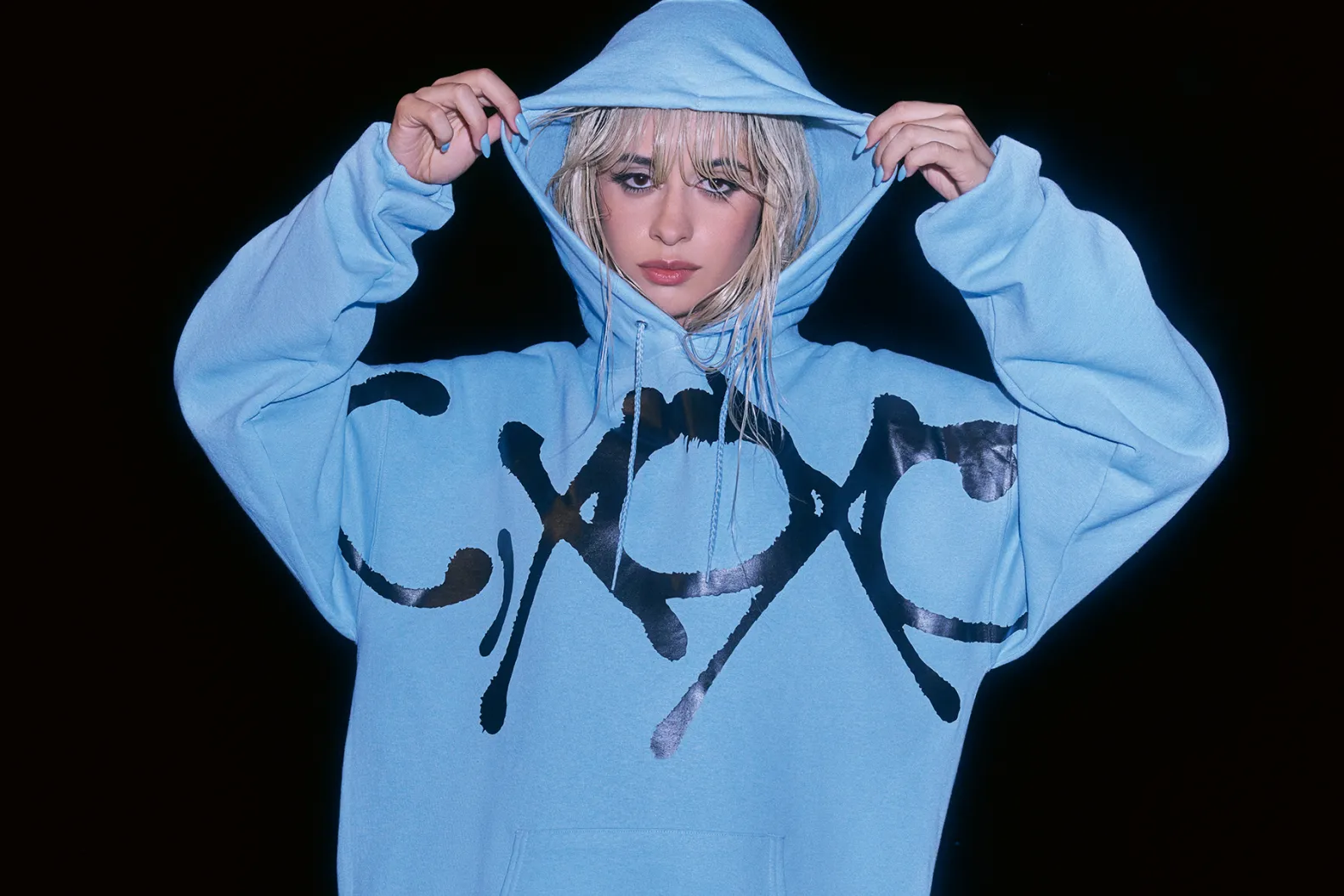Camila Cabello ushered in the era of her fourth album in typical popstar fashion: a new hairstyle and a single drop. She swapped her dark black for platinum blonde and coupled the transition with a new Y2K-inspired wardrobe. Shortly after, she began to tease lead single, “I LUV IT” and faced immediate ridicule from the public for its similarities to Charli xcx’s “I Got It.”
In the wake of the public backlash, Charli xcx and close collaborator A.G. Cook joined in the fun to publicize Charli’s new era. Unbeknowst to Cabello and the public, Charli xcx and A.G. Cook’s public subtextual disses towards Cabello were simply an opportunity to “play into [her] brat era,” which, at the time, was composed of only a handful of singles. However, the public remained unaware of Charli xcx’s intentions for some time, which was unfortunate for Cabello, an easy punching bag for many X, formerly known as Twitter users. Despite the negative press, Cabello’s lead single performed decently well and even inspired a TikTok dance that gained some traction. The song features Playboi Carti, who is often unintelligible on the track, but who ultimately works well beside Cabello’s soprano, making for a fun, thoughtless listen. It seemed like Cabello was authentically rerouting into the hyperpop lane rather than seemingly capitalizing on a trend.
“I LUV IT,” however, turned out to be somewhat of a red herring. The arrival of her next single, “HE KNOWS,” was an inoffensive collaboration with Lil Nas X album. It was standard pop, and it became clear that the upcoming album would not be a stark departure from her roots. By the time “C,XOXO,” was released, it emerged as a blend of her past and an exploratory vision of her experimental future rather than the anticipated dip into hyperpop. Each of the 14 total tracks seemed to fall into one of three categories: pop songs with uncharacteristic production choices, standard pop songs, or interludes.
The album’s themes revolve around heartbreak and growing pains, which are repeatedly sliced up by four interludes. While interludes are meant to serve as thematic shifts, on “C,XOXO” they often feel vapid and unsubstantial. And, because the album revolves around familiar themes of heartbreak and growing pains, slicing up the content repeatedly feels unjustified.
Still, interludes are intentional and therefore worth breaking down. With the exception of “305tilidie,” Cabello is not the focus of the interludes. Upon listening to “pink xoxo” initially, Cabello simply hummed alongside PinkPantheress as she sang over a cute melody about her insecurities within a budding relationship. As The Express Tribune cites, Cabello was seemingly absent from the track. However, in listening back to the song, Cabello’s voice now appears to be at the forefront and PinkPantheress can hardly be heard. I can only assume that Cabello updated the streaming editions of the song on the backend as there was no formal re-release. Regardless, while I think the song suits PinkPantheress’ style better, Cabello’s voice makes the addition at least mean something , which cannot be said about the other interludes.
The second interlude, “koshi xoxo” finds rapper and producer BLP Kosher literally talking into what could be a voice note about how it is an honor to be working alongside Cabello. He goes on to say that Cabello’s debut album moved him to tears and, while the sentiment is sweet, I have a hard time envisioning someone crying over “Havana” — but to each their own.
In addition to a feature on “Hot Uptown,” Drake gets his own song on the album with track 9, “Uuugly.” In an interview with Zane Lowe, Cabello mentions that “Uuugly” was meant to serve as an outro to their collaboration, but she decided to split the two tracks to give Drake another moment to shine. “Hot Uptown” is a standard pop cut that could have hit-potential if not for Drake’s loss to Kendrick Lamar and Cabello’s dimming relevance.“Uuugly,” however, lulls into a track without much substance and should have been scrapped altogether.
“305tilidie” is the final interlude, named in reference to the interstate highway that runs through Miami. The track is a collage of whispers that sound like girls getting ready for a night out and, while a little boring, helps paint the messy, party-girl image Cabello attempts to convery throughout the whole album.
The best parts of “C,XOXO” are when the production leans atypical and innovative. Take “B.O.A.T.,” for example, her ballad about losing an ex who, in her eyes, was the “best of all-time.” The track not only starts strong, but really hits its stride after a punchy chorus gives way to the soft beats of Pitbull’s “Hotel Room Service.” It makes the whole song feel like you’re sitting in a club bathroom thinking about your ex when the whole purpose of the night out was to forget them. It’s a unique juxtaposition that feels interesting and honest.
“June Gloom,” the album’s closer, revolves around reminiscing about an ex (again). In an impressive, jarring soprano, Cabello wonders why he keeps coming back to her. She likens the relationship to a “house fire” that “just gets bigger.” The love is intense and passionate but, ultimately, unsustainable. The song’s conclusion escalates into a fiery rekindling of her and her ex “on the kitchen floor,” fully ready to make the familiar mistake of choosing each other again. It concludes with a heavy, instrumental outro that is full of bass and grating synths akin to the abrasive masterpiece of an instrumental that exists akin to Lorde’s “Hard Feelings/Loveless.” Cabello’s is not on the same caliber, but her ambition pays off nonetheless because it culminates in what I believe to be the strongest song on the album.
The rest of the album is composed of forgettable pop tracks. It’s not that they aren’t good, but rather they don’t say anything new.
Unfortunately, “C,XOXO” is not the hyperpop album it was predicted to be but rather a typical Camila Cabello album with few exciting moments. While I believe Cabello made the right call not completely veering into hyperpop, I do wish she embraced the genre’s sense of experimentation even more. It is the tracks that are intentionally weird where Cabello is better than ever, and I hope that this artistic route is one she continues to explore. So while I can’t recommend this album as a whole, I believe the moments where Cabello is most ambitious are ones worth checking out.
Image courtesy of Rolling Stone















